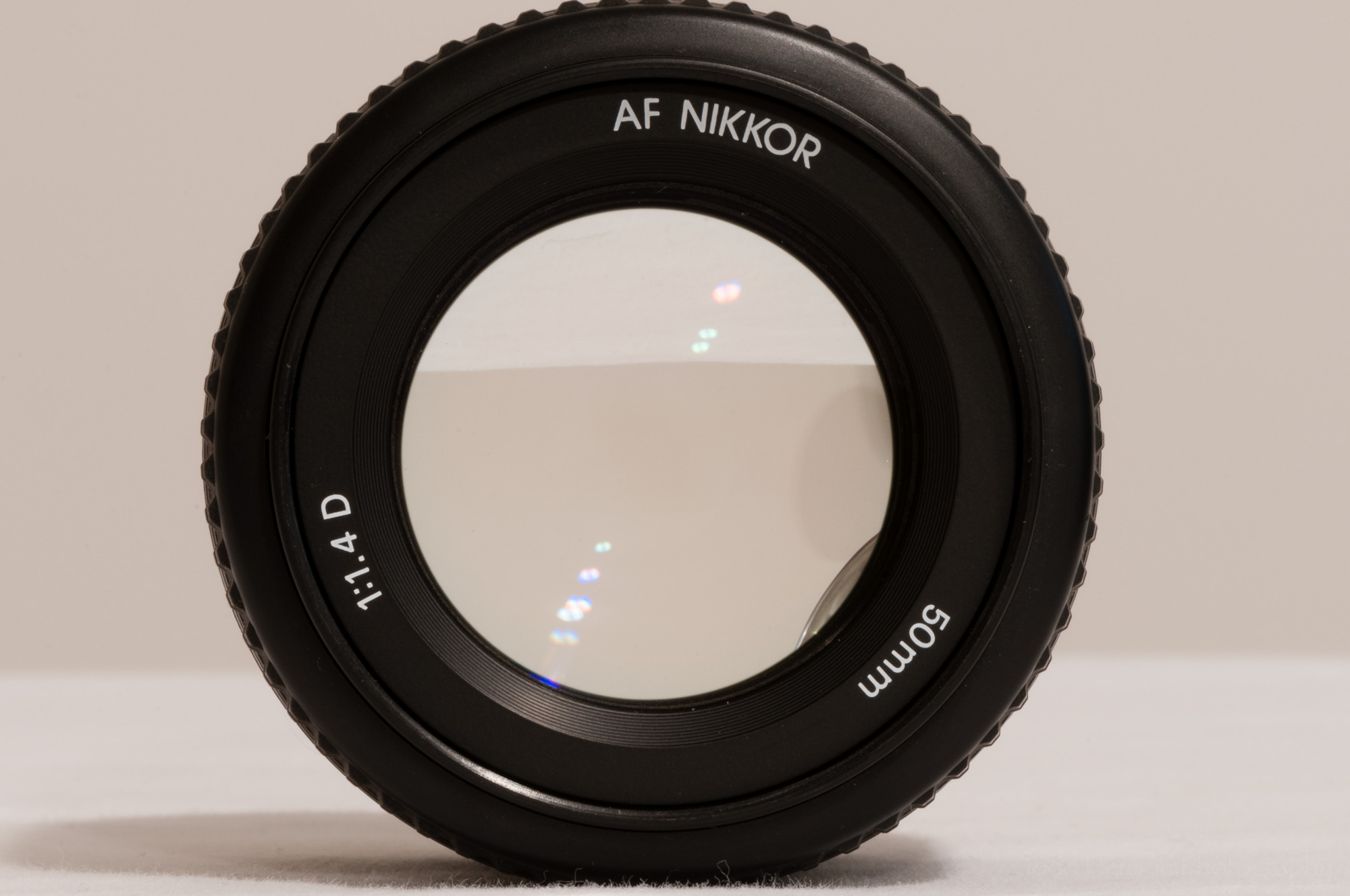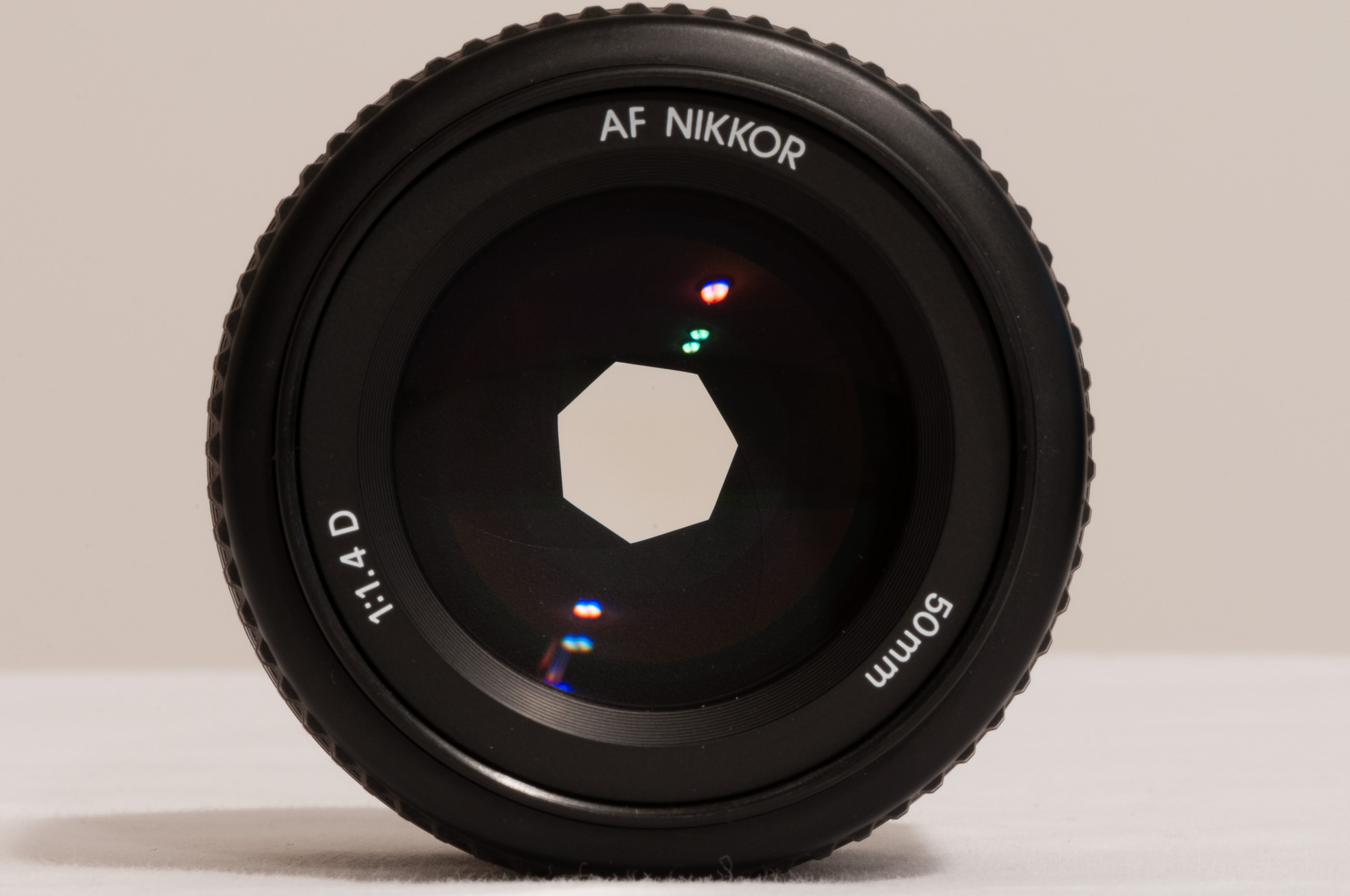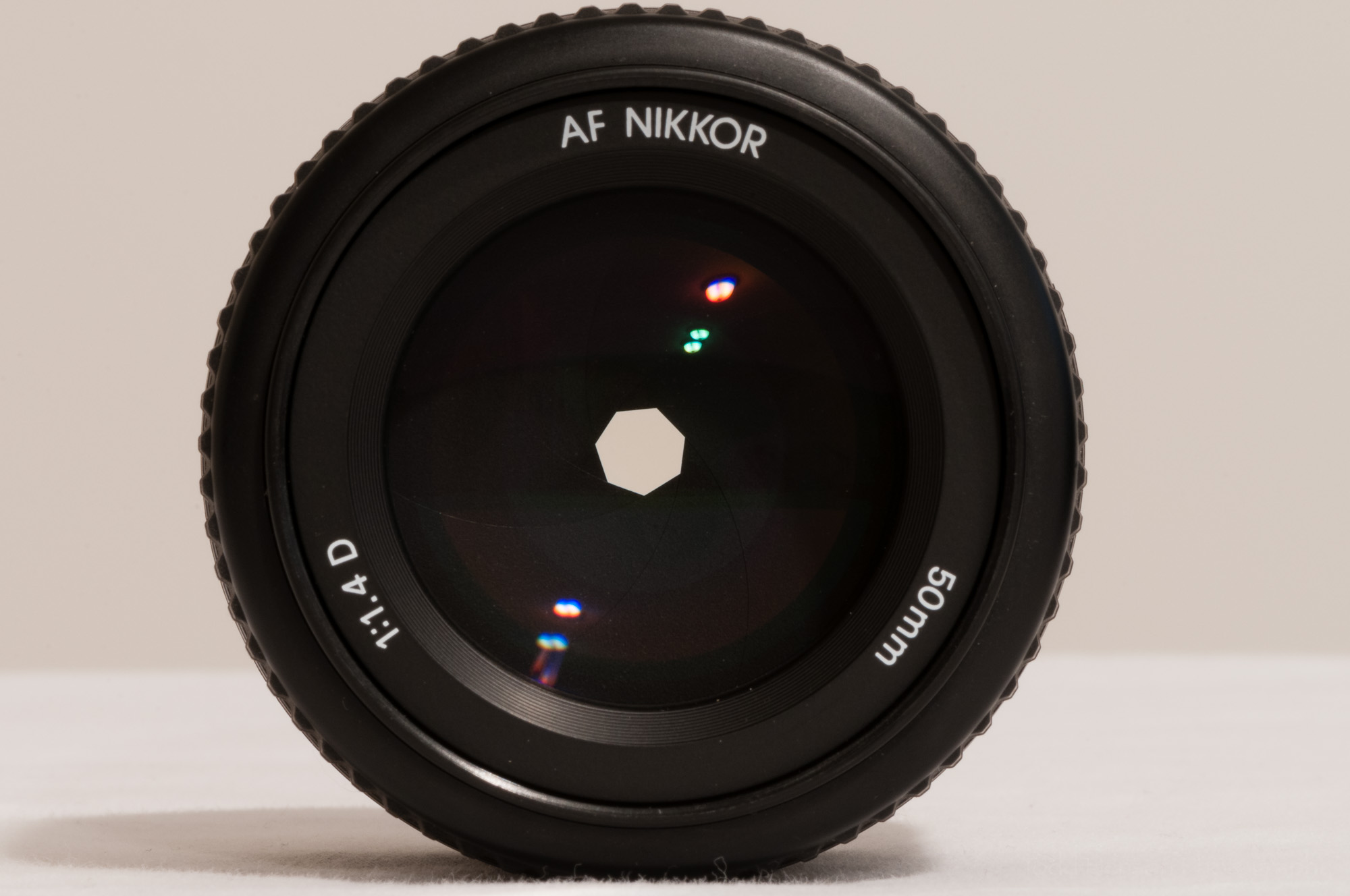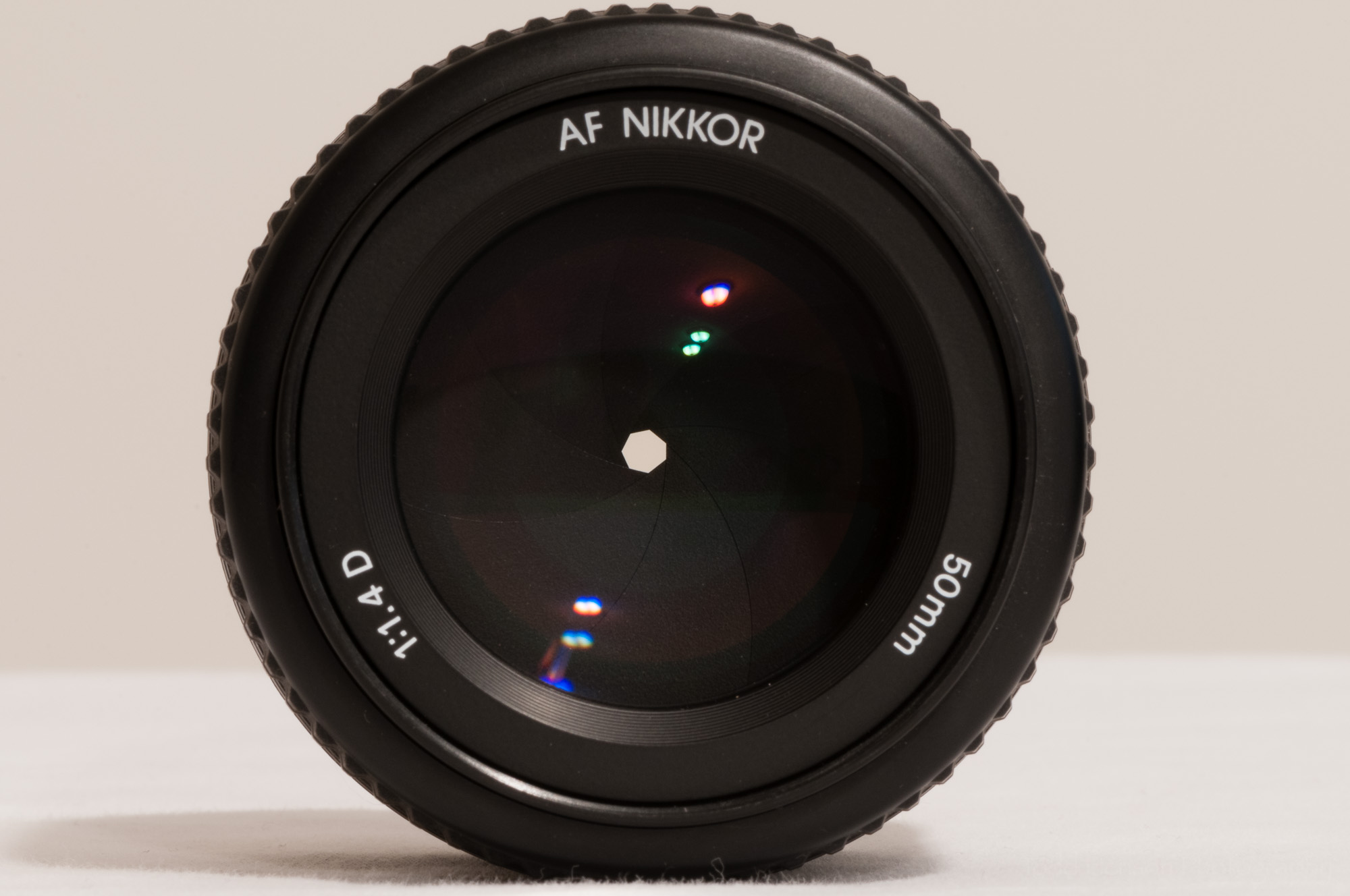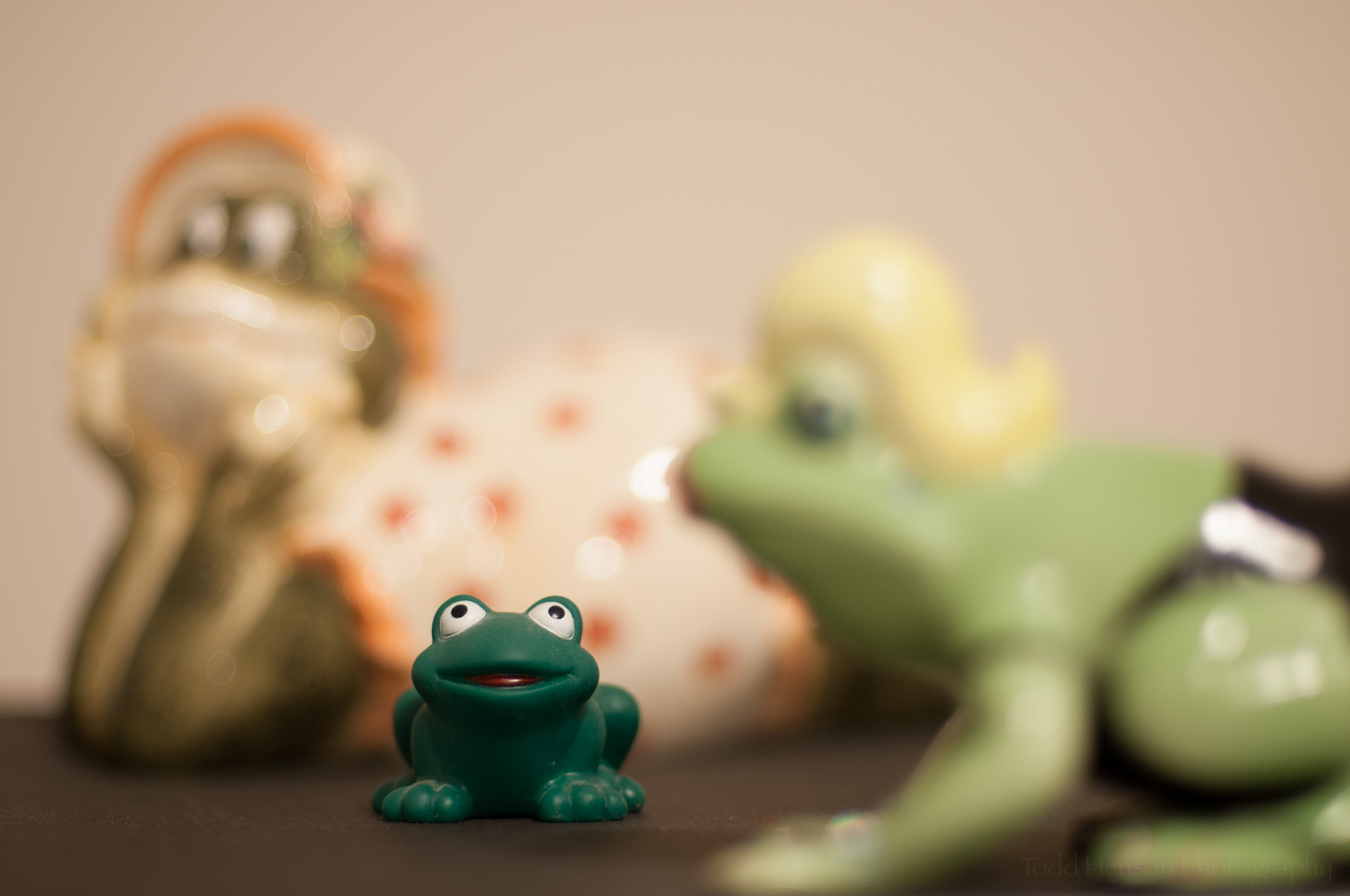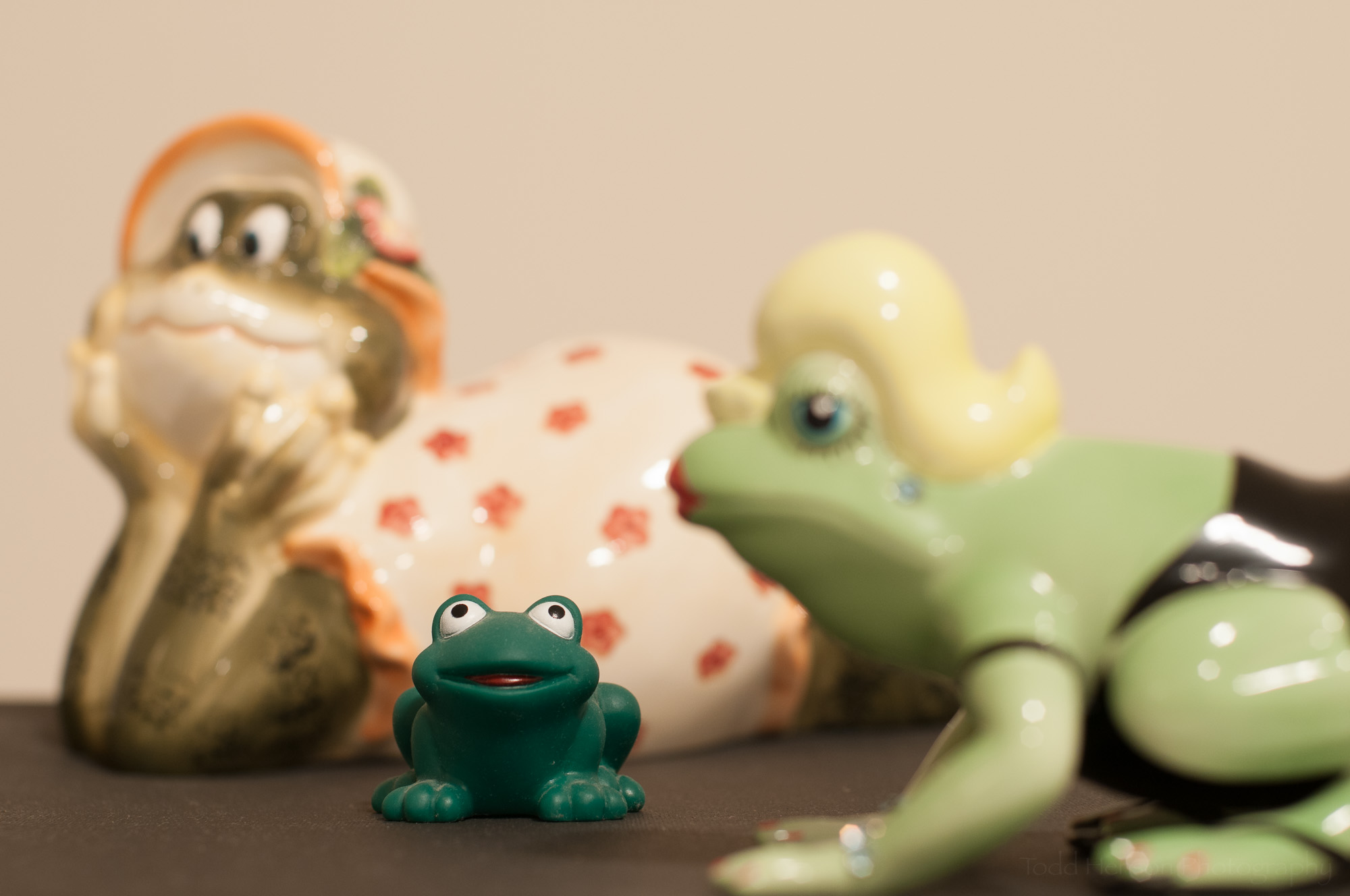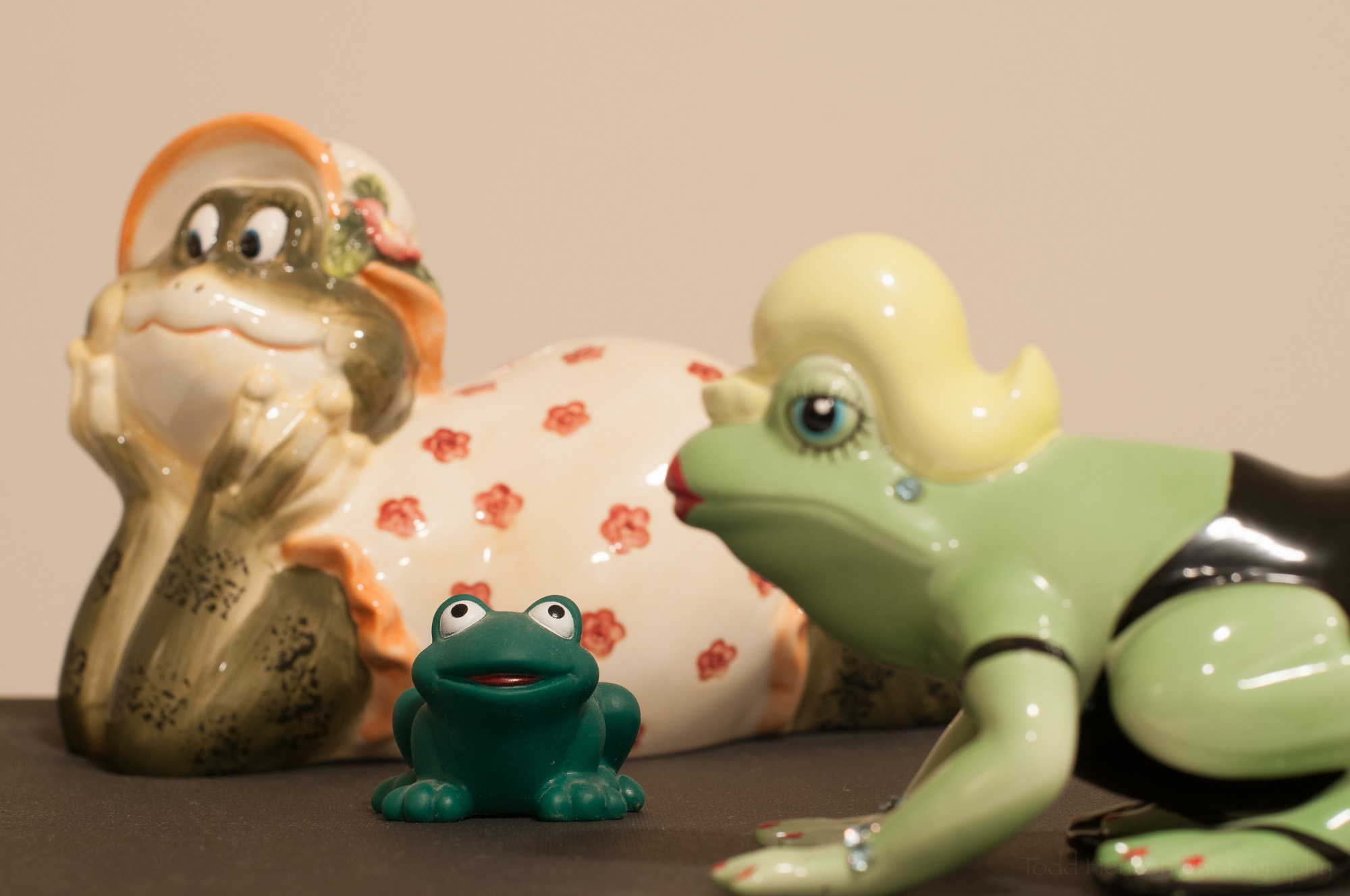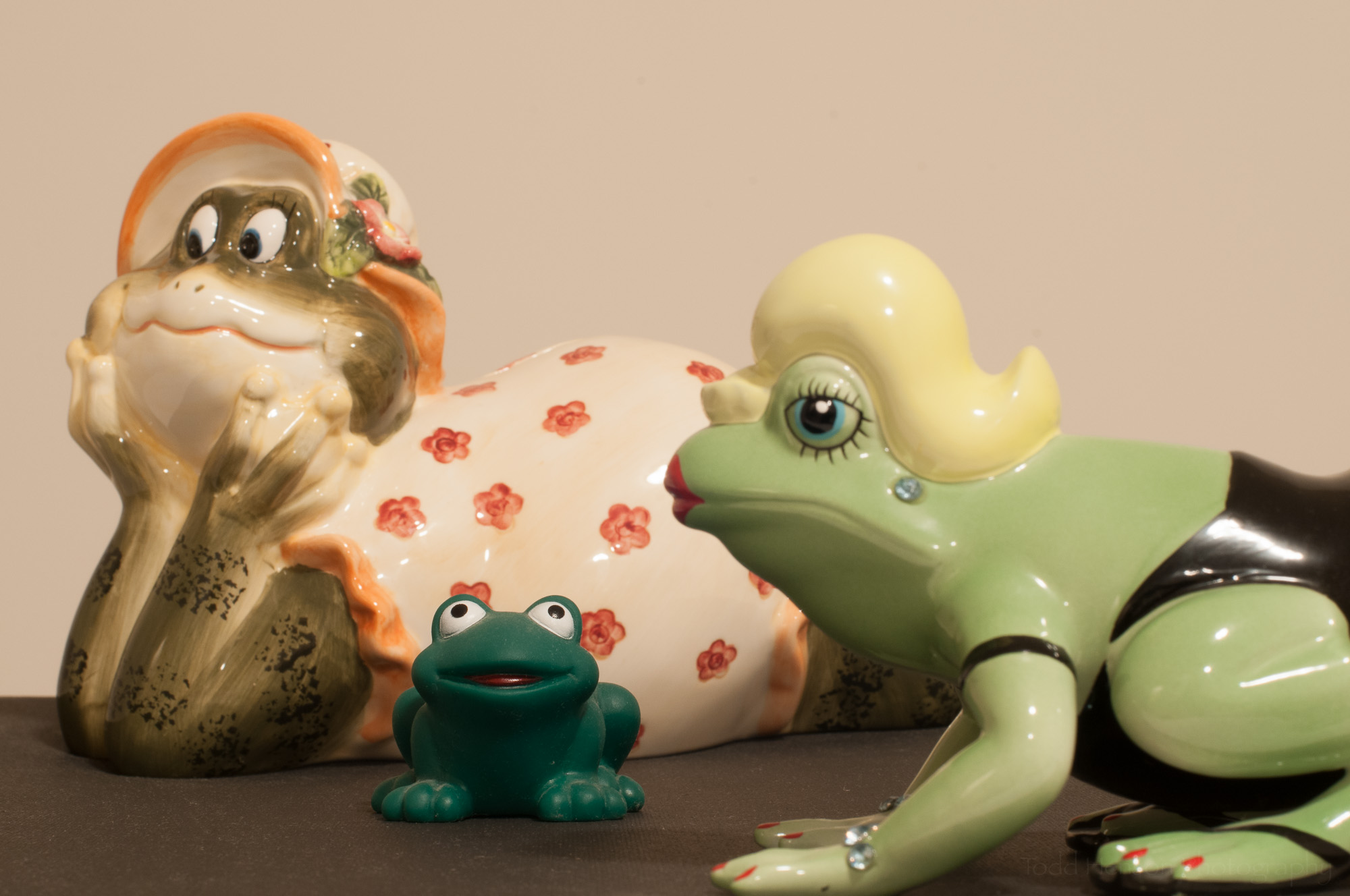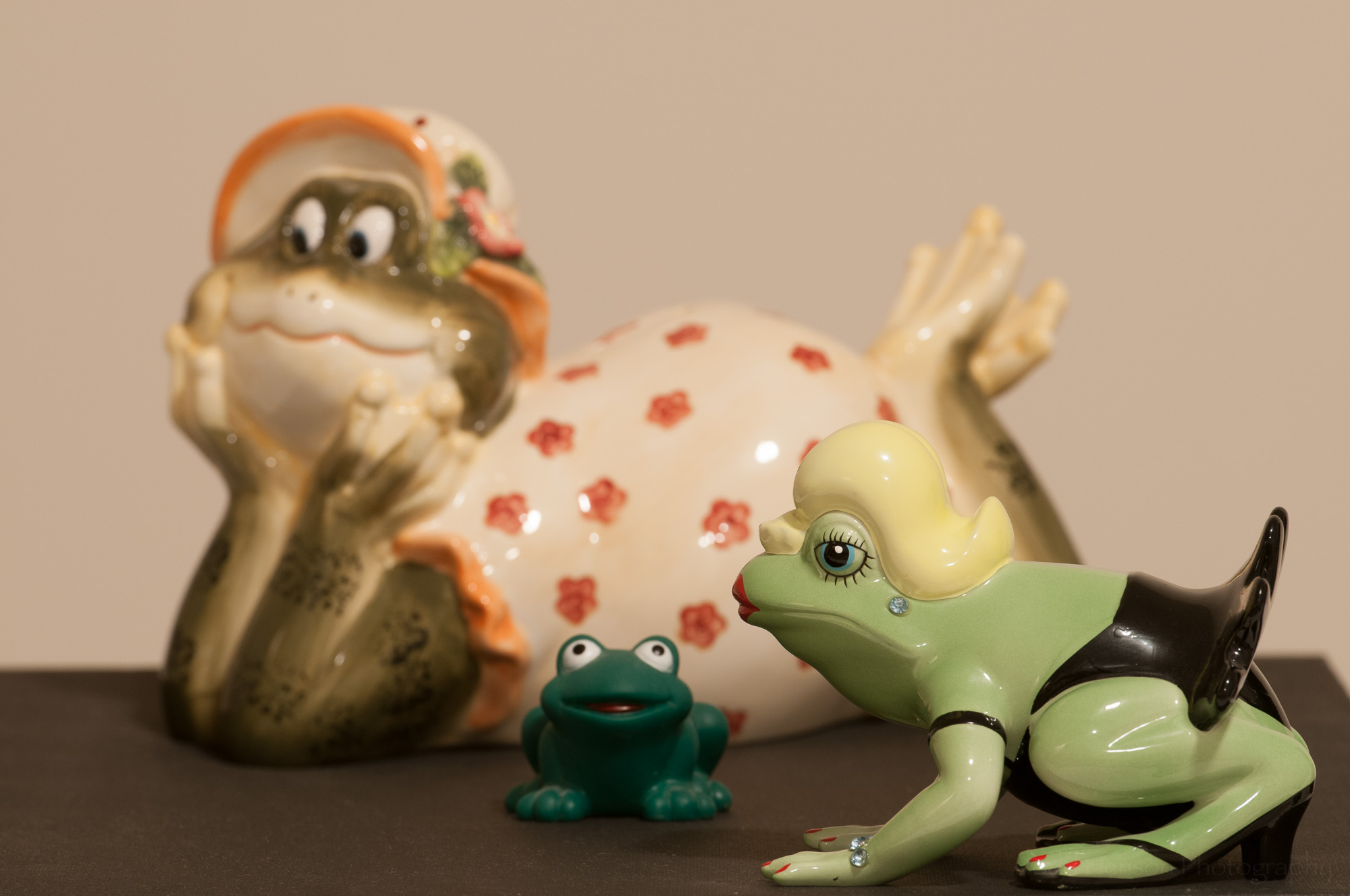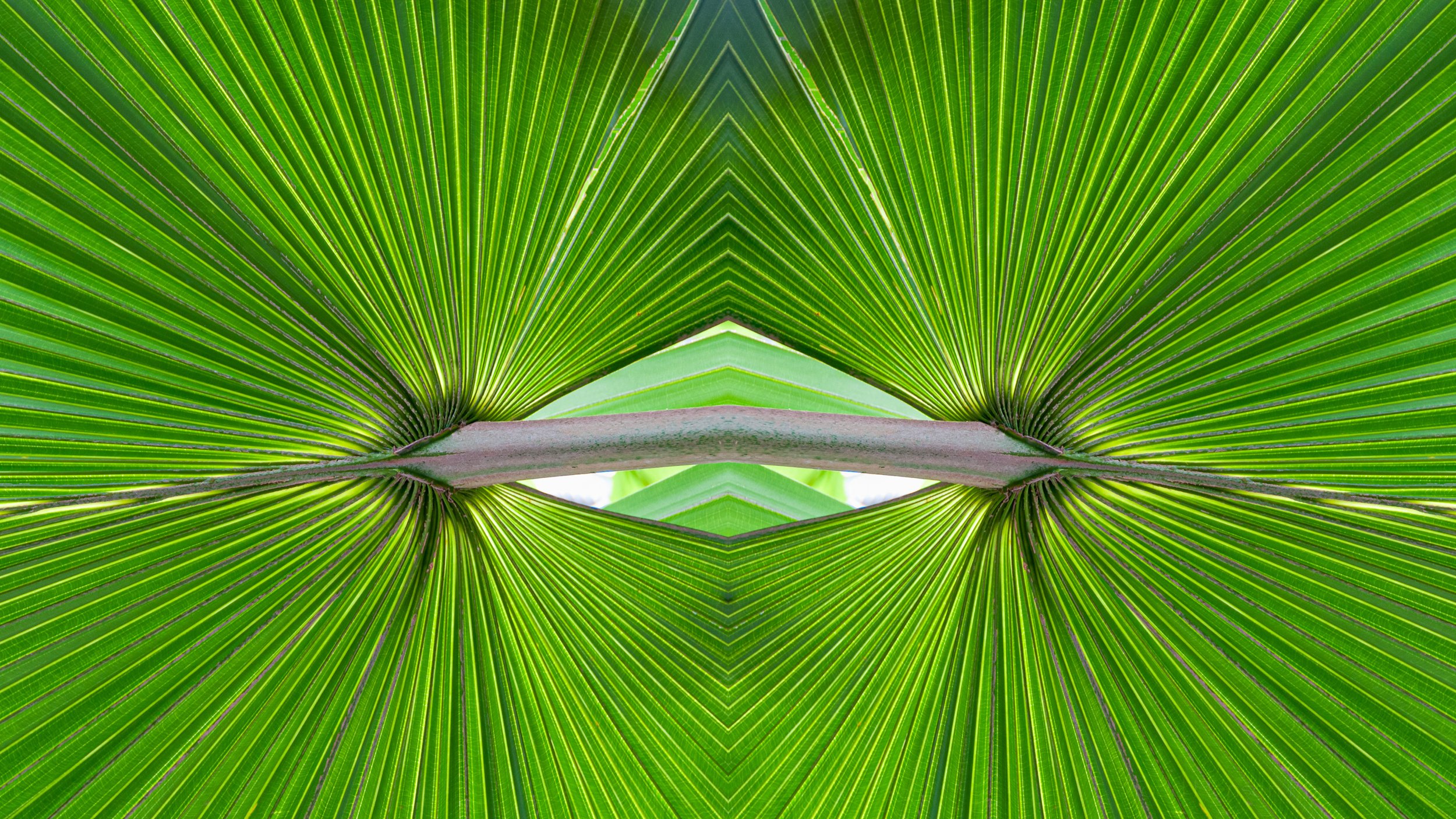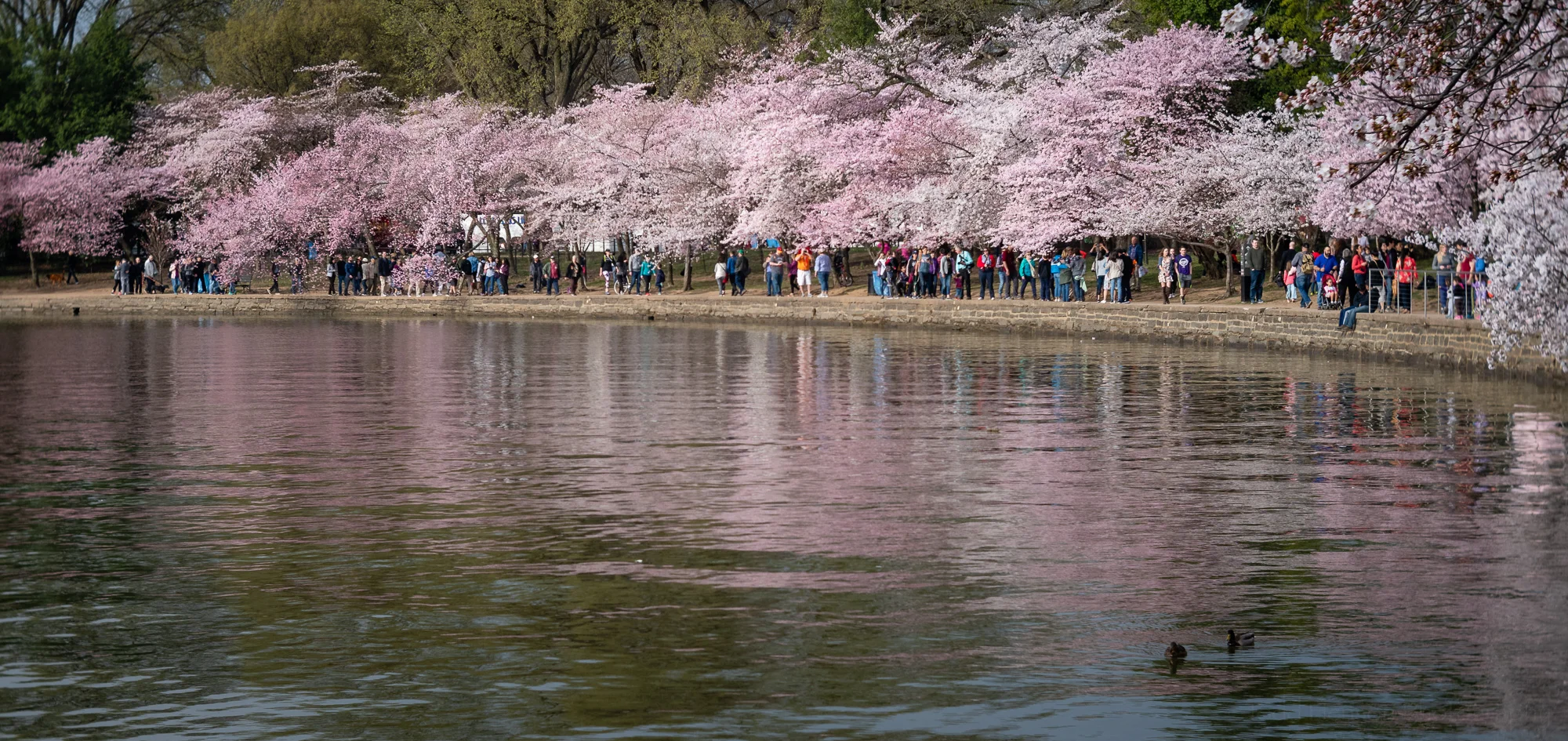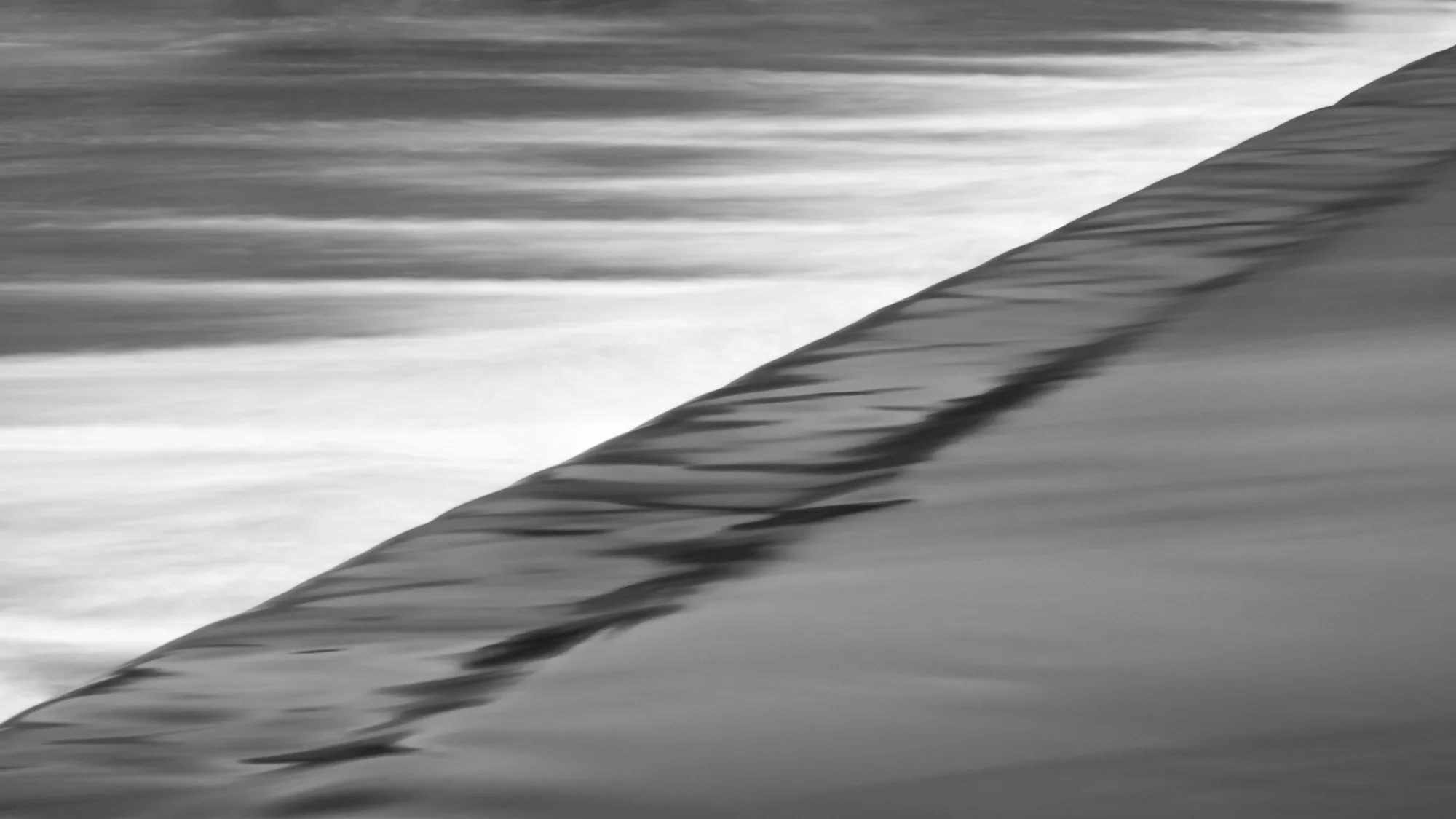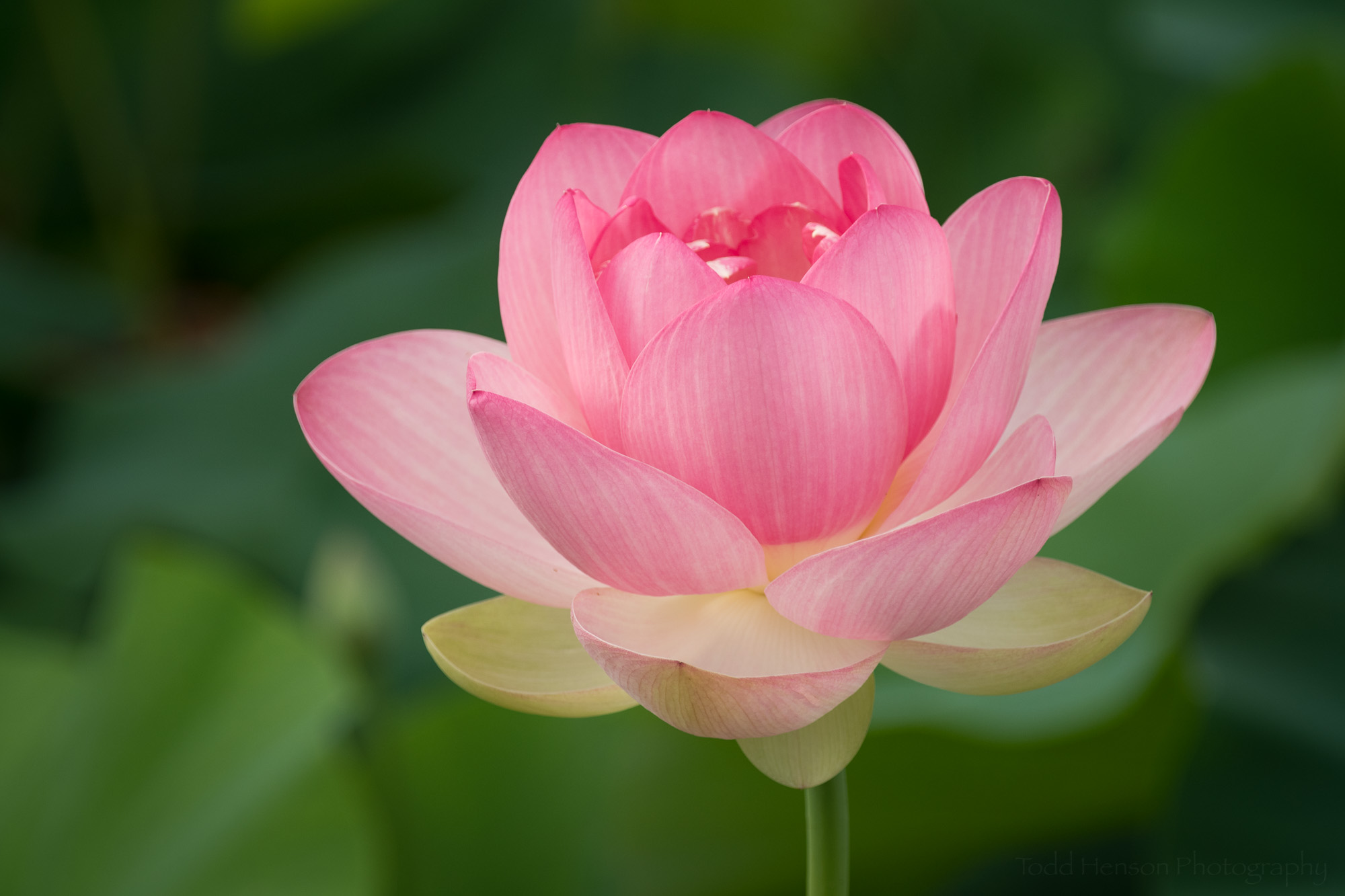This post contains affiliate links and I will be compensated if you make a purchase after clicking on my links. This is at no extra cost to you.
Focusing on the edge of the rose petals
I recently felt the pull to photograph flowers. This is not something I do all that often, and when I do it’s usually very small wildflowers along a forested trail. But I’ve always loved artistic photographs of larger flowers, so that is what I decided to photograph.
If you’re like me you benefit from finding inspiration in others work. Sometimes I just don’t know how to photograph a subject and I get so frustrated by this I put it aside and go back to photographing things I’m more comfortable with. Spending time studying someone else’s work, or watching a class, can sometimes help me find enough inspiration and motivation to get off my butt and start photographing.
A young rose bud
In this case I re-watched Kathleen Clemons’ CreativeLive class, The Art of Flower Photography. Kathleen has a very particular style to her flower photography, one I very much like. She often creates very soft dreamlike flowers, frequently using a Lensbaby to help achieve these qualities.
But it’s about more than lens choice. It’s about lighting. It’s about focus. It’s about finding a background suitable for the subject. It’s about composition. Where do I place the flower in the frame? How much do I show? What part of the flower do I show? Is the composition stronger centered, more to one side or the other, or perhaps angled in some way? These are all questions she talks about in her class, using her own photographs as examples.
For the photographs in this post I used my 105mm macro lens (not one of her favorites, but what I have). I didn’t have any flowers near my house so I drove over to my folks house where they have several rose bushes out front. I waited until the sun had moved behind their house, eliminating any direct sunlight, giving me an even soft light without overly harsh highlights or shadows.
Looking at the curls and curves of the rose petals
I find composition challenging when photographing flowers. That is one of the reasons I think I benefit from studying others work. I know when I like a photograph. If I find enough photographs I like I can begin to look for patterns. What is it about them that I like? A particular composition? A shooting or processing technique? Whatever it is I can try to use that to find my own compositions that I like. It’s not easy, but it’s a fun challenge.
I hope the photos here are just the beginning. I would like to continue practicing. I may watch The Art of Flower Photography again to pick up a few more tips and see more examples of Kathleen’s work.
Inside a red rose
I find these CreativeLive classes the next best thing to attending live workshops. Check them out if you’ve never tried them. They stream classes free throughout the day. If you enjoy a class you can purchase it, letting you stream it again anytime or download the videos to watch offline, as well as giving access to extra materials available with some classes.
So go out there and find something you’d like to photograph but lack some confidence in. Search out a class or a book on the topic, or find another photographer or artist who deals in the subject you’re interested in. Watch the class, read the book, study the artist’s work.
Find inspiration, try to determine what you like about the subject, or about an artist's approach to the subject. Then get out there and practice. Your photographs may not be very good in the beginning, but that’s ok. You don’t need to show them to anyone. Just keep learning, keep practicing, and most importantly have fun!








